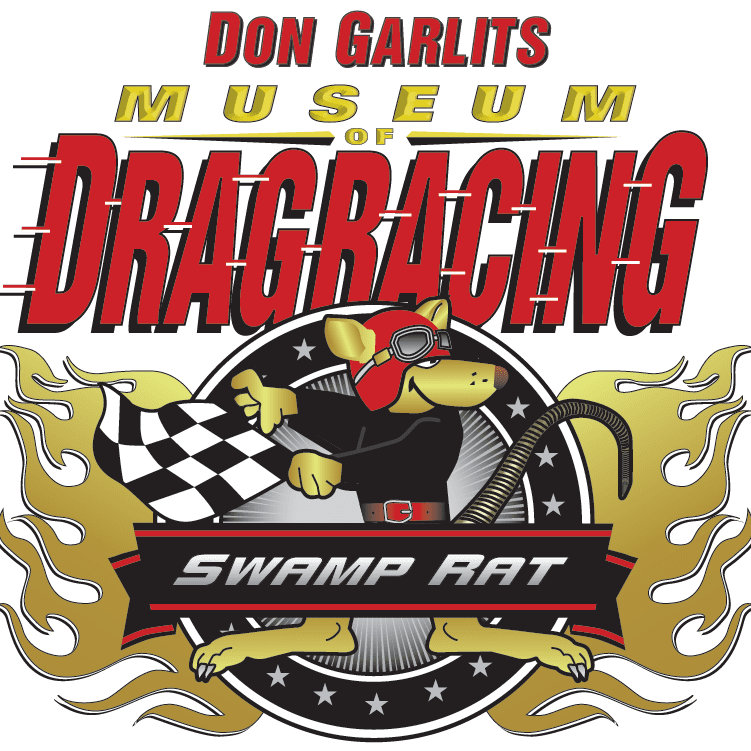2016
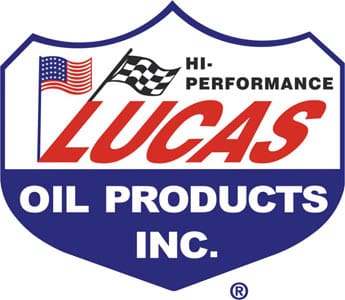
Event Sponsor Lucas Oil Products Held on Thursday March 17, 2016 Wyndham Garden Hotel, Gainesville Florida.
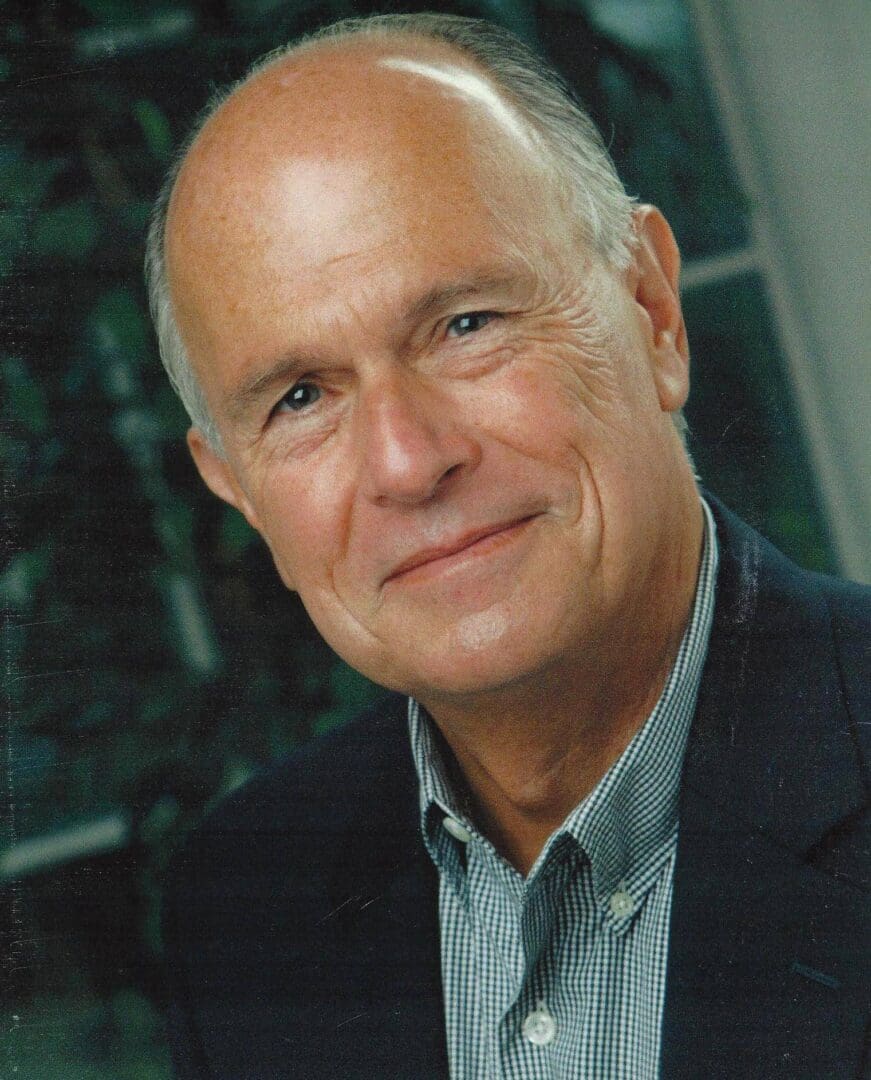
Steve Earwood
Founder’s Award
Steve Earwood’s reputation, as one of drag racing’s most innovative promoters, as reflected in the fact that while he twice was honored as the IHRA’s national promoter of the year (2001 and 2008). He also is a member of the NHRA Southeast division Hall of Fame and in 2015 was named promoter of the year by the ADRA.
No matter the acronym, few individuals have had a bigger impact on the straight-line landscape, then has the NHRA’s former National Media Relations Director. A founding member of the North Carolina Motorsports Association, Earwood also serves on North Carolina’s Governors Motorsports Advisory Council. Is a voting board member of the National Fire Protection Association, which drafted document 610, that serves as a fire safety guideline for all forms of motor racing.
Being a former member of the board on the Richmond County Chamber of Commerce, Racers for Christ International, and Godspeed Ministries; Earwood settled in the Carolinas in 1992 following his purchase of Rockingham Dragway.
Prior to that, he directed NHRA’s National Media Program for 10 seasons, was Marketing Vice President of Billy Myers Texas Multiplex, Vice President/General Manager/Co-Owner of Atlanta Dragway, and PR Consultant to Raymond Beadle’s Blue Max team. Which won NASCAR’s Winston Cup Championship in 1989.
Over the last quarter-century, his creativity and tireless effort in keeping “The Rock” viable in and ever-changing marketplace have not gone unnoticed. Steve was recognized in 1994 as the “Man of the Year”, in NHRA’s Southeast Division and in 2010 as Richmond Counties “Citizen of the Year”.
Although he never raced competitively, Earwood grew up in a motor racing family. His late father, Charles Earwood, served as Chief Steward for the SCCA’s Trans Am series, among many others. His brother Terry, is a former US Nationals Champion (1973); who went on to success in road racing and as a professional driving instructor.
It is while he was attending West Georgia College, the Earwood first began to utilize his public relations skills in the organization and operation of the Southern Pro-Stock Circuit. A one-off opportunity to promote the Gatornationals in 1975, was so successful that it resulted in a full-time gig at the NHRA. In 1976 Steve was recognized as one of Car Craft Magazine’s “Hi-Risers”.
Earwood transformed “The Rock” from the track that once contested just to events year, to one that today, is among the nation’s most active. It continues to offer one of the most diverse schedules in the nation. Hosting races in the American Motorcycle Racing Association all Harley Aeries. It also hosts manufacturer specific events including: The Super Chevy Show, Mopar’s at the Rock, and the Fun Ford Weekend. There are premier bracket races like the Big John Memorial Day Weekend Championships, Powerfest. Also, outlaw street races like the Rausch Yates Spring and Fall Sportsman Wars. Then there is the specialty event Rugged Maniac Series, which features people power on an obstacle course, instead of horsepower on the drag strip.
In addition to his success in track operation, Earwood also successfully promoted IMSA Camel GT races, SCCA Trans Am events, and the SCCA National Runoffs. He also has represented individual race teams in drag racing, NASCAR, Trans Am, IMSA, and the World of Outlaws.
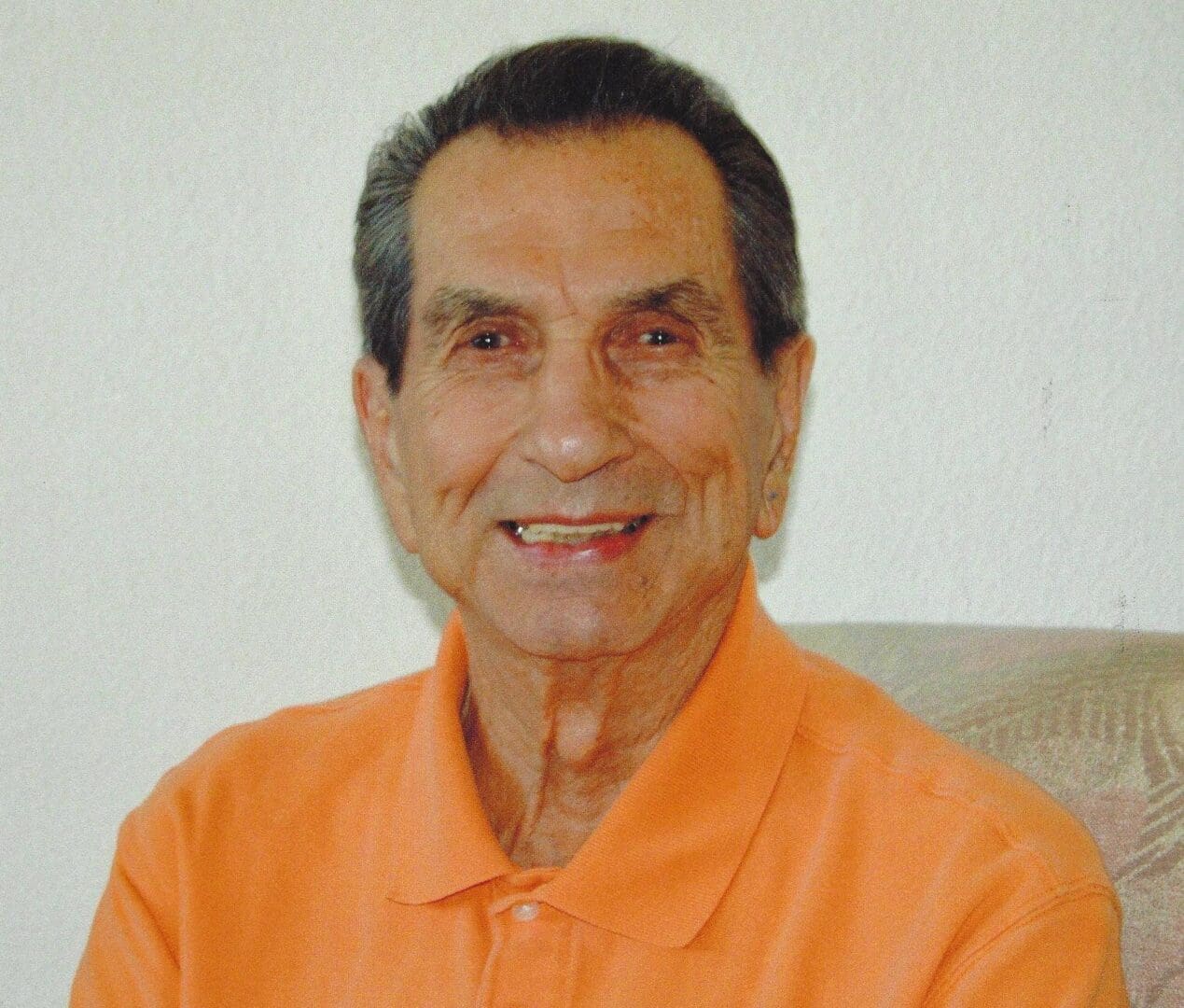
Gas Rhonda 1926-2017
Gas Rhonda was just old enough when World War II broke out, that he was able to join the Navy. He left the military service with a lot of practical “how-to” wisdom and with two Service Stars for his part in the action.
His first car was a 1929 Ford coupe powered by flathead V-8 engine. While he was a car enthusiast, it wasn’t until 1950 that he began racing as a hobby. His first act upon leaving the military was to become the owner and operator of a successful group of dance studios, which provided him with the financial ability to begin drag racing. Because he wanted to compete in something different than what everyone else was driving, his first “hobby” race car was a 1950 Hudson Hornet with a straight six-cylinder engine for power; that provided a good starting point for him. Not nearly as quick and fast as he wanted to go in 1954, he switched to a Buick Century. In 1960 he acquired a Corvette, with its highly competitive V-8 engine. But still wanting to go quicker and faster, in late 1960s he fielded a hardtop Ford Galaxy with a high-performance 360 hp V-8 under the hood.
Soon after obtaining the Galaxy, Gas met and became friends with Les Ritchey, who owned and operated Performance Associates, who was more than happy to help Gas squeeze more power out of the Fords he was involved with. In 1952, Gas moved to Southern California and went to work for Downtown Ford, which not only provided him with a job, it also was his first sponsor. On the weekends he raced under the Downtown Ford banner and during the week he sold cars for them.
With Ritchey’s help, Gas was able to be competitive with the Galaxy that was handicapped by its weight when compared to the lighter Chevy 409’s. However, in 1964 Ford gave him an original factory Ford Thunderbolt, which was based upon the lighter Fairlane and powered by the new 427 CID high-riser wedge engine. That same year Gas also moved from Downtown Ford to Russ Davis Ford and their long-lasting relationship was formed.
In 1966, Ford provided Gas with a stretched wheelbase Mustang funny car that was powered by supercharged Ford V-8 on nitro and was an immediate success. He began 1967 with a new tilt front end Mustang with an unblown injected Ford V-8 on nitro. By the end of the season the V-8 was sporting a supercharger as well. Four 1969 Gas went all out with a Mach 1 Mustang bodied, Logghe Brothers tube chassis car; that he drove to victory at the years Orange county Raceway Manufacture Championship event. Unfortunately, Gas suffered a disastrous engine explosion and fire in early 1970. He received severe burns and ended his driving career.
Among the many accolades’ Gas received over the years, the most memorable was his 1964 winning of the NHRA Top Stock World Championship, the 1969 Manufacture Championship, and in 1993 received the NHRA Lifetime Achievement Award.
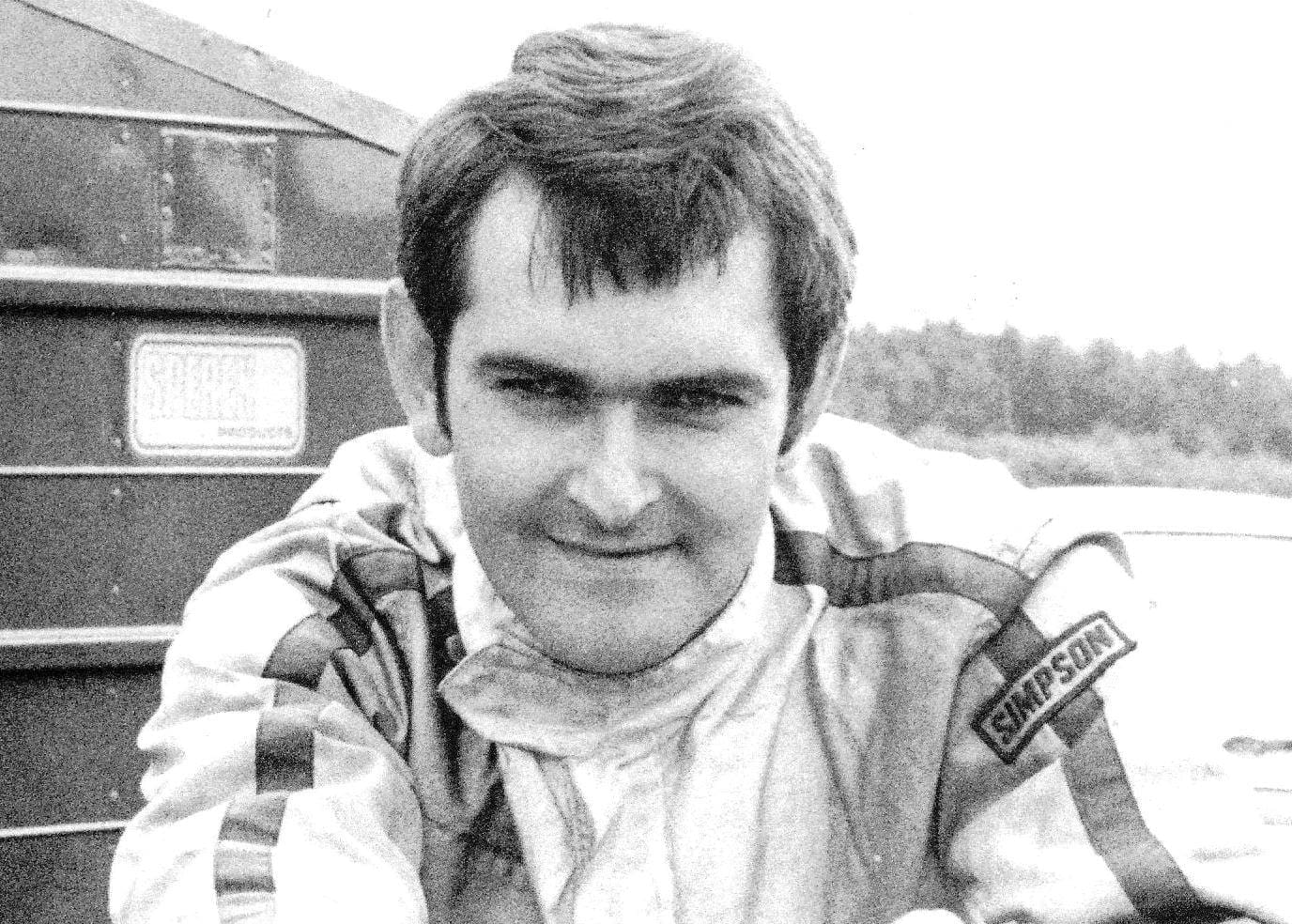
Dennis Priddle
Dennis Priddle is one of the most well-known drag racers in Great Britain and in continental Europe today. However, he didn’t begin his drag racing career in a car, but rather his first entry into the sport was astride a Rudge powered motorcycle at the 1965 Drag Fest. The event was produced by Sidney Allard who with a lot of assistance from NHRA was able to have eight of the top US dragsters perfor for the first time on British soil. After his first exposure to this group, Dennis has stated, “Perhaps a life-changing moment for me was seeing Buddy Cortines smoke the tires for the full quarter mile and run 200 MPH in the finals against Danny Ongais”.
After completing a five-year technical apprenticeship program at Westland Helicopters, Dennis became highly skilled in the art of designing and fabricating. This gave him the ability to create the numerous race cars he has fielded over the years.
The following winter, Tony Gagne, with Priddle’s help, constructed a diminutive dragster using the 500 cc Rudge engine from Tony’s bike. The car, “Wicked Lady” may have been small but it was potent and carried Tony to the National Championship at the newly opened Santa Pod Raceway in Podington, Bedfordshire. The next year Dennis joined forces with Rex Sluggett to build a front engine dragster named “Tudor Rose”. The dragster was equipped with a Keith Black blown/injected Chrysler fuel engine.
Originally the plan called for Rex to do the driving with Dennis crewing, but unfortunately during a trip to run the car in Sweden, in 1958, Rex broken ankle; so, Dennis replaced him as the driver. This outing resulted in the team setting the quickest Swedish quarter-mile run of that time with an 8.53 second ET. Later that year they set the FIA record for a 2-way standing start of 8.296 second’s followed by a record-breaking 8.20 seconds at Santa pod.
For the 1969 season Dennis teamed up with David Riswick and John Wolfe Racing to field a Reliant GTE, powered by an injected 427 cubic inch Chevrolet engine on alcohol. The car carried him to a pair of Top Competition Class Championships first in Anderstorp Sweden then at Santa Pod in the UK.
In 1970 Dennis acted on his long-term desire to compete in the AA/Fuel dragster arena with a front engine dragster designed and built by Dennis; powered by a Sid Waterman built supercharged Chrysler. This car, called the “Quartermaster”, upped the British corner mile speed record to 193 MPH.
Perhaps the crowning achievement for Dennis was, on May 28, 1972, at Santa Pod Raceway when he broke the European six second barrier at 6.995 seconds. He became the first racer, outside North America, to do this which earned him the nickname “Mr. six”.
During the 1973 season, Dennis added another element to his race enterprise by debuting a blown Chrysler Avenger bodied AA/Fuel funny car in addition to the dragsters. It came as no surprise that he continued producing the same record-breaking performance in the funny car arena as he had in the fuel dragster arena. As technology progressed so did Dennis moving over to rear engine dragsters in 1980 and continuing to just go faster.
Since that time Dennis Priddle continued to set the benchmark for not only the British and European drag racers, but for the US-based teams as well by breaking the world ET record for front engine dragsters with a 6.04 second run in April 1975.
The list of accolades, records, and associate honors that Dennis has established is very long and illustrious including: continuous record-setting speeds and ET’s in Great Britain, Europe, and Scandinavian countries, first European car to go into the six second ET bracket at Santa Pod, five season championships in a top fuel or funny car, two-time holder of the Federation International de Automobile/International Sprint Organization elapsed time records, Custom Car Magazines 1977 Funny Car Driver of the Year, the John Wolfe Racing 30th Anniversary Drag Racing Reunion Lifetime Achievement Award in 1998, and inducted into the British Drag Racing Hall of Fame in 2006.
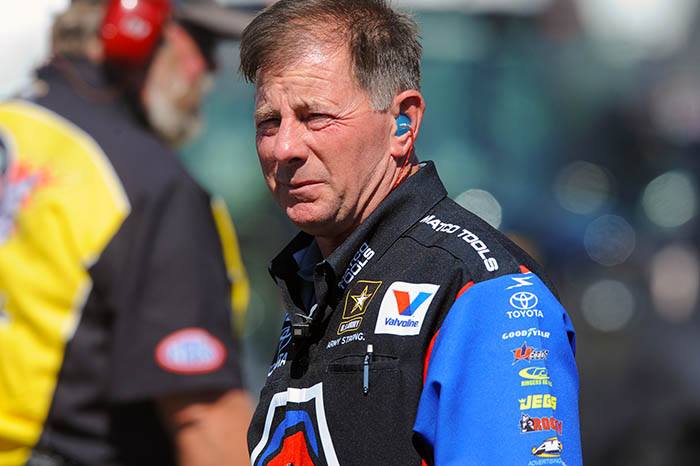
Mark Oswald
Mark Oswald is considered by many as one of the most versatile drag racers of the so-called modern era. The drag racing bug first bid him at the age of 12, when he saw a neighbor’s BB/Altered and fell in love. His actual racing career began in 1972, when he climbed behind the wheel of his B/Stock 1968 Camaro at Edgewater Raceway Park in Cleves, Ohio.
As soon as he was able, Mark, a machinist by trade went to work for Dick Weinle who owned D&J Racing Engines; one of the premier race engine building shops in the area. Weinle took Mark under his wing and taught him the subtleties of building and tuning race-winning engines. It was at D&J that Mark met and became friends with Tom Kattleman. In 1980 Kattleman and Mark teamed up with Ross Thomas and campaigned a blown Chrysler powered top alcohol dragster. Kattleman handled the driving chores for the first year, but by the second year Mark assumed the driving job.
1981 was a turning point in Mark’s career when the team after having success in the alcohol wars, in the early part of the season, switched to competing in top fuel. With Mark driving, they were runner-up at the NHRA Summernationals Englishtown, New Jersey, and runner-up to Candies and Hughes for the IHRA World Championship. Mark’s driving skills impressed Paul Candies and Leonard Hughes enough to hire him as the driver for the 1982 season.
Candies and Hughes provided Mark with first-rate equipment and support talent and the 1982 season proved just how talented a driver Mark was. That year the team won NHRA races in Baton Rouge and Englishtown. It was at the New Jersey event that they set a national record at 5.61 seconds breaking the old mark that had been set by Don Garlits back in 1975. In 1983 they switch to funny car and promptly won two more NHRA national events, four IHRA races, and the IHRA World Championship. That was followed by another banner year in 1984 when they won the NHRA World Championship.
Mark continue driving for Candies and Hughes through the 1988 season, with some ups and downs, finishing number two in the NHRA Funny Car World Championship points race for the third straight year. Candies and Hughes closedown the operation at the end of that year, so Mark assumed the driving chores in Bill Schultz’s, In-N-Out Burger, blown Chrysler powered funny car. This liaison lasted through the end of the 1996 season when Scholz dissolved his operation. Before hanging it up the team had appeared in the victory circle at three NHRA national events. This was also the year Mark decided to stop driving/racing and opened his own machine shop in Houma, Louisiana.
Temptation to return to racing struck in 2000 when John Lawson offered Mark the job of tuning his funny car and Mark excepted. The team was reasonably successful, but with the cost of competing with first-class equipment Lawson closed the doors on his operation in 2003.
2005 Mark excepted the position of crew chief for Mike Ashley fuel funny car team and also acted as Mike’s mentor as his driving instructor. Mark held this position even when Mike sold the operation to Don Schumacher Racing. In 2007 with Mark, Brian Corradi, and Steve Boggs building/tuning and Mike driving the team won the NHRA US Nationals in Indianapolis, Indiana.
The 2009 season found Mark sharing crew chief duties on the Don Schumacher Racing top fuel dragster with Antron Brown as its driver. The chemistry between the two co-crew chiefs and Antron began to gel quickly and they won 6 NHRA national events in 2009 and qualified in the number one position seven times. While the team posted dominant efforts over the ongoing years one of its crowning it accomplishments came in 2012 when it won the Top Fuel NHRA Mellow Yellow World Championship. The team returned to the world championship stage in 2015 in a dominating fashion pushing through the six race “Countdown to the Championship” winning the first three races and forging a lead that clinched the title in the next to the last race of the season at Las Vegas.
Throughout his career Mark remained humble and has often given credit to Dick Weinle, Tom Kattleman, Paul Candies, and Leonard Hughes for their help and guiding and preparing him for the success he was enjoying.

Marvin Miller 1927-1996
When Marvin first became involved in drag racing the racing facility now known worldwide as the Formosa Dragstrip was nothing more than a landing strip for a local airport. His early exposure to the track came when he was working for a beer distributor in nearby Bakersfield, California and was responsible with making sure the local tracks were fully stocked. While not a racer himself at the time he did enjoy watching the action when it was possible. It was after his two boys had become teenagers that Marvin, his wife Barbara, and the entire family started attending the races on a regular basis. At this time Marvin was working for a company that supplied irrigation equipment for the local farmers, Rain for Rent, as part of its management team.
In 1966 while attending the famous March Meet at Famoso the family became interested in the team of James Warren and Roger Coburn. The interest level stepped up considerably when the boys had an opportunity to ride along in the push truck during a race in Southern California and experience first-hand the opportunity to be participants. Soon after they returned home the boy started asking Marvin if there was any way they could help James and Roger increase their competitive edge. Marvin contacted Roger with the same question and a long-lasting business and friendship relationship was born.
In the beginning of the relationship Marvin personally provided substantial financial assistance for the team to help them not only race more often but with better parts and on a more businesslike basis as the Warren-Coburn-Miller team. As the team expanded its racing efforts, its performance and exposure grew. In 1972 Marvin was finally able to structure a sponsorship program by Rain for Rent that lasted until the team disbanded.
To race in Southern California, they had to take travel over the San Gabriel Martin range on Highway 99 which was, referred to as “The Ridge Route” and as their notoriety grew, they acquired the nickname, “The Ridge Route Terrors” which their performance lived up to. On May 5, 1967 they pushed the speed record of 230 MPH at Fresno Dragway and the following week they ran 224 MPH at Lions Dragstrip in Long Beach, California.
The team won its first NHRA national event in 1968 at the Winternationals in Pomona, California. Over the next several years they dominated west coast racing, winning the NHRA Division 7 Top Fuel Championship title (1972, 1973, 1974, 1975, and 1976) and won the 1976 NHRA Gatornationals in Gainesville, Florida. When James decided to retire from driving in 1979 the team was disbanded but Marvin continued to participate in drag racing.
After his prior years of contribution to the support of the Famoso facility, in 1971, Marvin partnered up with Jack Williams to purchase the lease for it. The pair immediately began making improvements to the facility. In 1973 Marvin obtained total control by buying Williams out. The improvements continued with such items as new permanent bleachers, modern guardrails, a new timing tower, and etc. All of this attention and investment provided the racers a much better facility to race at and the spectators more comfortable surroundings. This resulted in improved race performance and increased crowds. However, all of the sports involvement took its toll on Marvin and in 1988 he sold the lease and, after 36 years at Rain for Rent, he retired to do some well-deserved traveling with his wife Barbara. On September 24, 1996 Marvin passed away.
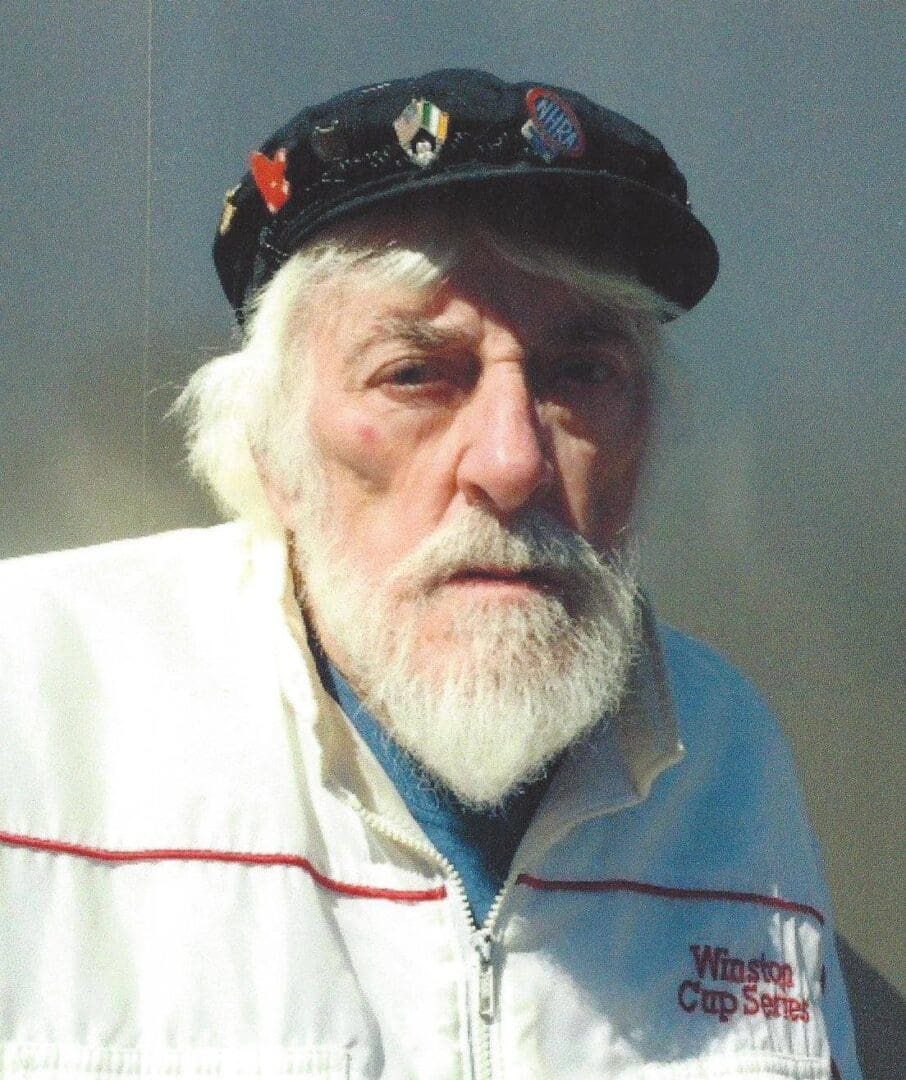
Jack Doyle
Jack Doyle was born in 1935 and like a lot of fellow racers, became interested in cars and racing at an early age. Jack was involved with the sport since the early 1950s as a driver, a team owner, and the longtime General Manger of Epping, New Hampshire’s New England Dragway.
After graduating from high school, Jack entered an apprenticeship program to become an electrician. It was during his school years that he became intrigued by the automobile and began to follow the short track racing at the local tracks. At the same time, the drag racing and car club craze was entering New England. Jack joined two local car clubs, the Road Aces and the High Winders, a move that helped shape his future. His involvement in the car clubs gave him an understanding of not only building hot rods. It also helped him understand the need for channeling enthusiasm into an arena where it could be done safely. He and some of his fellow enthusiast formed the New England Hot Rod Council to add support for the growing sport within the region.
In 1953 Jack built his first drag racing car, 1942 Plymouth sedan powered by Oldsmobile “Rocket” V-8. While this car was very competitive and provided Jack with that “sweet feeling of victory” from its many victories, Jack was a strong competitor and soon built his first pure dragster. Classed as a “Competition Coupe” it used a tiny Vespa 400 car body shell grafted onto a dragster style tubular chassis with a supercharged 392 cubic inch Chrysler Hemi on gas. His longtime friend, Dick Pratt, said the car was “pretty homely” but it was very competitive. The Vespa coupe was followed with a Fiat body mounted on a tube frame and with another 392 cubic inch supercharged Chrysler Hemi on gas for power. After the entire class was eliminated in 1971, Jack moved on. This time with a dragster that had the same Chrysler Hemi configuration for power which was dubbed “The Slider”.
While Jack enjoyed both building and driving, he was also open to allow other drivers to become involved in testing their skills. In 1968, with his friend, Don Roberts, in the driver seat the pair won a number of races with the AHRA Nationals at Long Island Raceway in Westhampton, New York being their crowning win of the season. Between his drivers Don Roberts and Mark Connelly, Jack posted an enviable winning score at his home track New England Dragway of 80%.
While Jack was still very involved in the competition side of drag racing in 1965, he turned a major portion of his efforts to the development of New England Dragway. With Jack running the actual construction of the track that commenced in 1965 he and his crew were able to complete the construction phase in 1966. Upon completion of the track its Board of Directors made Jack the track manager. Due to the time required by his new position and the top gas dragster class was eventually eliminated Jack retired from active competition. Jack stated, “I was the track manager, I had a young family to take care of and I just could not justify being a racer, with the cost and uncertainties. Besides the race track kept me fully occupied and I like the job”.
The original goal of in NEHRC was to establish a permanent track in New England. So, with the completion of New England Dragway and the growth of drag racing in the region the organization was disbanded. Jack has said, “The participating clubs in the counsel became shareholders in the new track and that continues to this day. Although some of the clubs have disbanded their shares were absorbed by the individual members and one of the things that pleases me today is the fact that New England Dragway remains one of the few, if not the only, club-built tracks still in operation today”.
Jack was the track manager from 1975 until 1976, when then, General Manager Sy Sidebotham stepped down. Jack assumed the General Managers role until 1982. He stepped away to take a position as a licensed master electrician working on major construction projects such as high-rise buildings and electrical generating plants (conventional and nuclear).
Today Jack still continues his involvement with racing and was a member of the building committee for the new Northeast Motorsports Museum, which opened at the New Hampshire Motor Speedway in Loudon, New Hampshire at the end of 2016. There are many in the New England drag racing community who consider Jack Doyle to be the “Godfather of New England drag racing”.
Jack and his wife Mabel live in Wakefield, New Hampshire surrounded by his four children (with late wife Barbara) and five stepchildren. His three sons have all raced at New England Dragway on motorcycles. Jack states, “I really enjoy seeing them race and really enjoyed it when one of them one”.
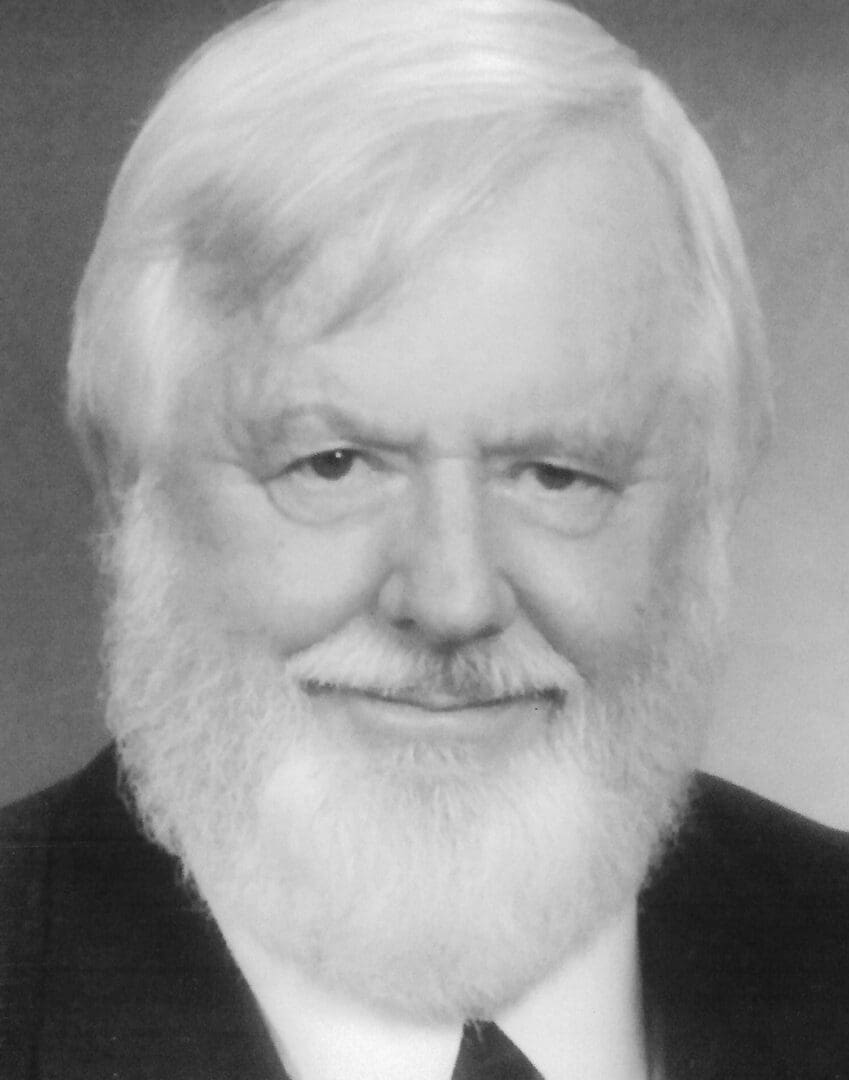
Preston Davis
Like a large portion of the racers involved in the sport, Preston’s interest in cars and motorsports started very early in his life. By the time he earned his driver’s license, he was pretty well hooked on becoming a competitor. In 1962 he built his first car for competition, a 1951 Mercury with a small block Chevy V-8 for power. Around this time, he joined the local car club, The Memphis Writers, which he is still a member.
In 1967 he built a Chevy 327 cubic inch powered C/Gas dragster and set a new national record with it. This was an important happening, since that open the door for him to take over the driver seat in Raymond Godman’s “Tennessee Bo Weevil” a blown Chrysler AA/Fuel dragster in late 1967. Preston didn’t only supply the driving talent for the team, he also built their engines. Their first major outing and win was at the 1968 season opening divisional race at Phoenix Dragway in Phoenix City, Alabama. By the end of the 1968 season Preston and Ray were able to take home the NHRA Division 2 Championship after putting together a very impressive winning season. In 1970 they prove themselves again when they completed the season with another NHRA Division 2 Championship.
By this time funny cars were becoming very popular so in 1972 they added a blown Chrysler powered Plymouth Barracuda bodied AA/Fuel funny car to go with the dragster. While they made an impressive showing wherever they competed with both cars; the strain of maintaining two cars was not worth the effort. So, they chose to stick with just the funny car. There were two memorable events that took place that year. First, they were runner-up to Tom McEwen at the PRA National Challenge event in Tulsa, Oklahoma. Second, they won the NHRA Division 2 Funny Car Championship.
By 1974 they had replaced the Barracuda body car with a new chassis/engine combination that featured a blown Chrysler for power but sported a Mustang body. Unfortunately, 1974 proved to be a good year/bad year for the team. The bad news Preston had a major blower explosion and fire that destroyed the car. The good news he escaped with relatively minor injuries. After rebuilding the car and competing in a couple more events Preston decided it was time to hang it up for a while. However, 1979 at the Silver Anniversary of the US Nationals in Indianapolis, Indiana Preston once more took over the driving chores. After couple more events, Raymond elected to retire, so Preston decided once more it was time to quit driving.
Unable to simply be a spectator, in December 2014, Preston finish building a 225-inch front engine nostalgia dragster. The dragster was powered by a 417 Donovan with AJPE heads running on alcohol. Preston campaigned this dragster from 2003 through the 2015 season. Preston and Raymond went to the National Hot Rod Reunion at Bowling Green with several of the “Tennessee Bo Weevil” cars. Including the famous Bo-Weevil Modified Roadster.
